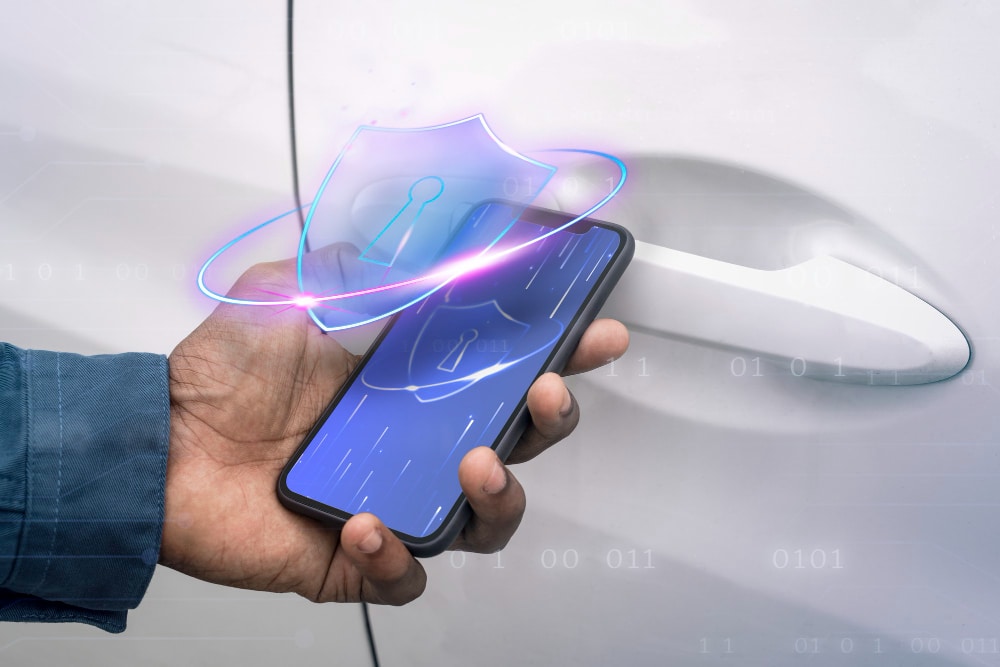In an era where mobile phones have become an integral part of our daily lives, protecting these devices from scratches, cracks, and other forms of damage is crucial. One of the most effective ways to safeguard your phone’s display is by using screen protectors. However, with a plethora of options available in the market, selecting the right one can be a daunting task. This article aims to guide you through the process of choosing the best screen protection for your mobile phone.
Types of Screen Protectors:
- Tempered Glass Protectors:
- Pros: Offers excellent scratch resistance and impact protection. Maintains touch sensitivity and provides a smooth glass-like feel. Easy to install.
- Cons: Thicker than other options, may be noticeable on certain devices. Can shatter upon severe impact, but the damage is contained within the protector.
- Plastic Film Protectors:
- Pros: Thin and lightweight, providing a nearly invisible layer of protection. More affordable than tempered glass protectors. Can be self-healing, minimizing the appearance of minor scratches.
- Cons: Prone to scratches and wear over time. Offers less impact protection compared to tempered glass.
- Liquid Screen Protectors:
- Pros: Creates a nano-coating that bonds with the screen, providing invisible protection. Can enhance the overall durability of the screen. Some claim to have antimicrobial properties.
- Cons: May not provide significant impact resistance. Application process requires careful attention to detail. Effectiveness varies among brands.
Factors to Consider When Choosing:
- Device Compatibility:
- Ensure the screen protector is specifically designed for your phone model to guarantee a perfect fit and compatibility with features like fingerprint sensors and front-facing cameras.
- Material and Durability:
- Assess the level of protection needed based on your lifestyle. If you prioritize impact resistance, tempered glass might be preferable, while a plastic film protector could be sufficient for general use.
- Clarity and Touch Sensitivity:
- Look for a screen protector that maintains the clarity of your phone’s display and does not compromise touch sensitivity. Some low-quality protectors may affect the visual quality or responsiveness of the touchscreen.
- Ease of Installation:
- Consider the installation process, especially if you plan to apply the protector yourself. Some protectors come with installation kits that make the process easier, while others may require professional installation.
- Additional Features:
- Some screen protectors offer additional features such as anti-glare coatings, blue light filters, or privacy filters. Assess whether these features align with your preferences and needs.
Conclusion: Selecting the best screen protection for your mobile phone involves a careful consideration of factors such as material, durability, clarity, and ease of installation. Ultimately, the choice depends on your individual preferences and lifestyle. Whether you opt for tempered glass, plastic film, or liquid protectors, investing in quality screen protection is a wise decision to ensure the longevity and resilience of your smartphone’s display.

